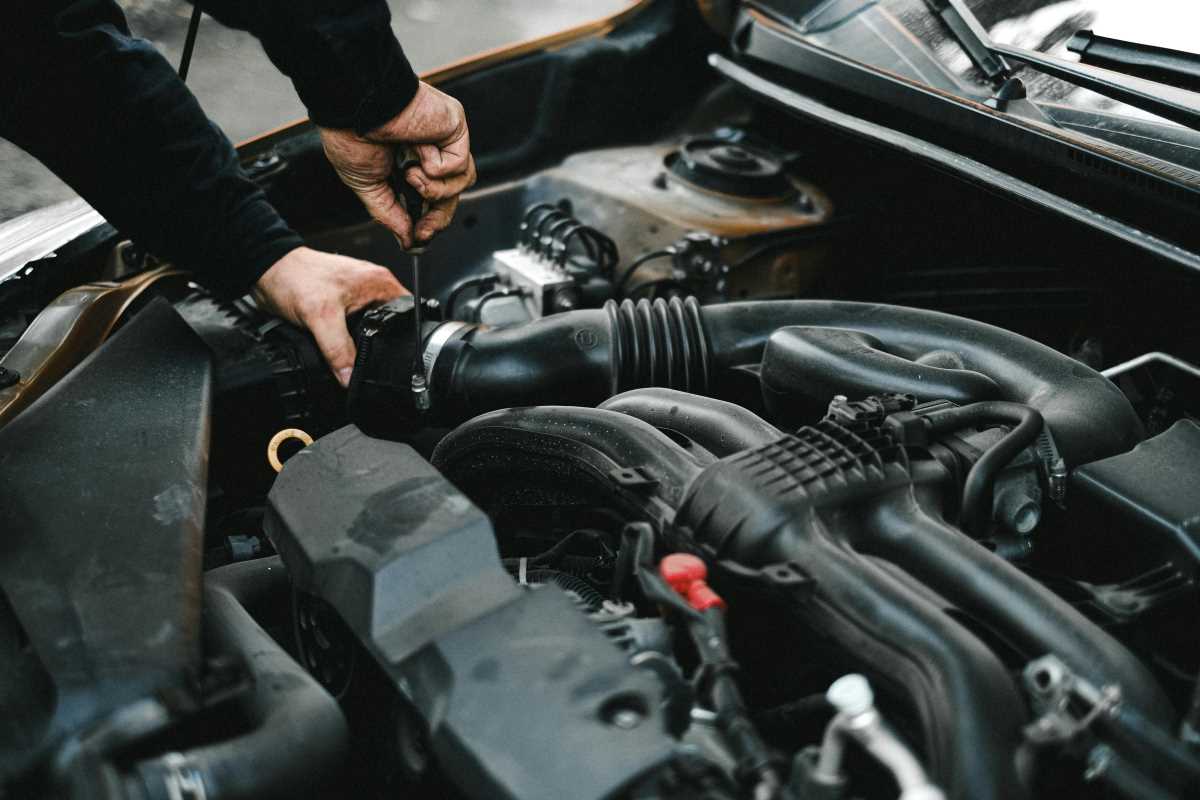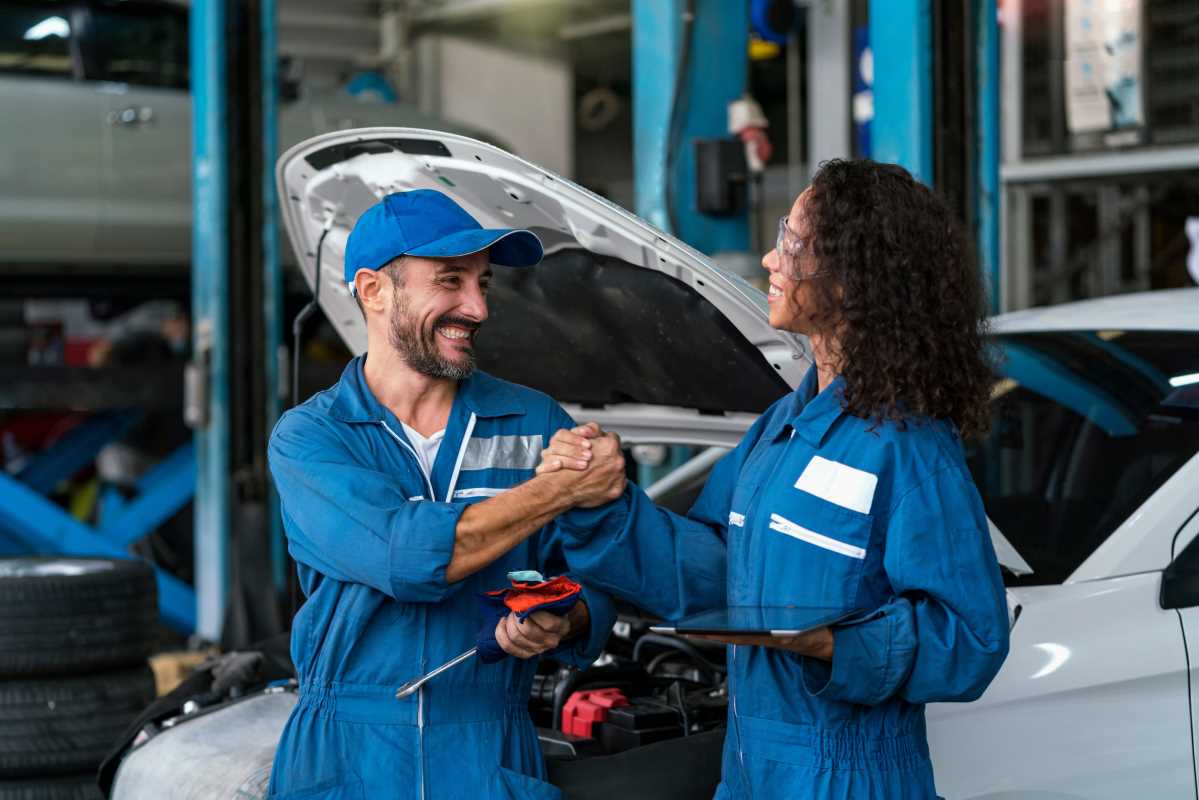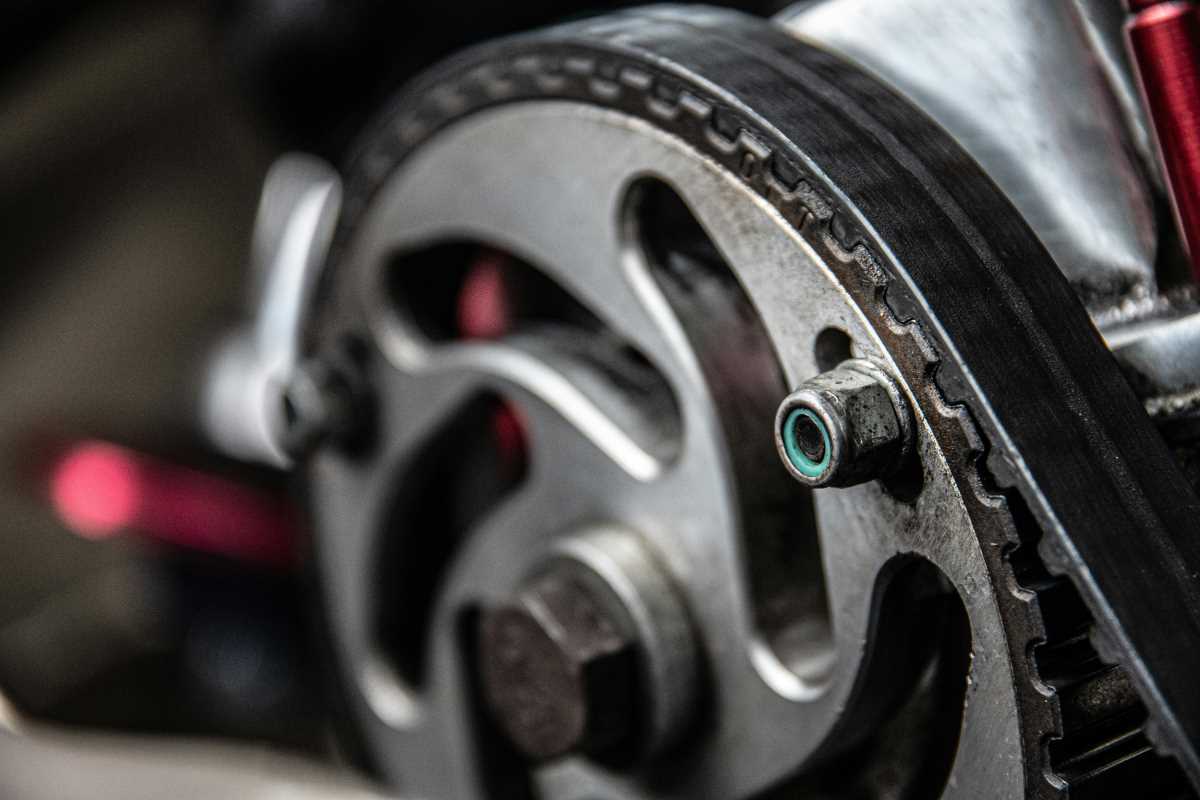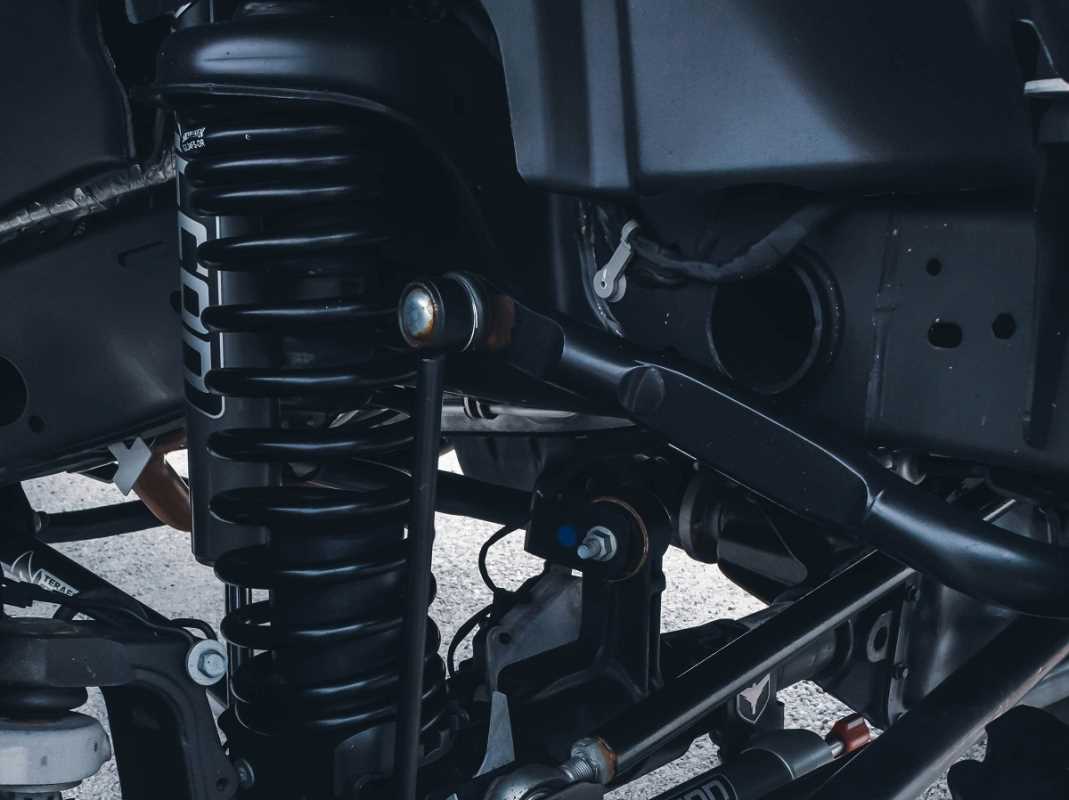Your car’s braking system, including the brakes and rotors, is one of its most critical safety components. Proper care not only ensures your safety but also enhances your driving experience and saves money by preventing expensive repairs. This FAQ guide provides everything you need to know about maintaining your vehicle’s brakes and rotors, recognizing signs of wear, and knowing when professional help is needed.
Why Is Brake and Rotor Maintenance Important?
Without properly functioning brakes and rotors, your car wouldn’t be able to stop efficiently, putting you and other road users at risk. Regular maintenance:
- Enhances safety by ensuring reliable stopping power.
- Prevents costly repairs by addressing issues early, before damage spreads to other components.
- Prolongs the lifespan of parts, saving you money over time.
- Maximizes vehicle performance, giving you better control and smoother rides.
Neglecting your brakes can cause wear that compromises your car’s braking power and increases accident risks.
What Are the Main Components of a Braking System?
Understanding your braking system helps you care for it effectively. Cars typically use one of two systems, or a combination of both:
- Disc brakes:
- Components include brake pads, rotors (discs), calipers, and brake fluid.
- Common in modern vehicles, especially on the front wheels.
- Drum brakes:
- Components include brake shoes, a drum, and wheel cylinders.
- Often found on the rear wheels of economy cars and older models.
Each system requires specific care, but both play vital roles in stopping your vehicle.
How Can You Extend the Life of Your Brakes and Rotors?
Here are some driving and maintenance practices to help your brakes last longer:
- Avoid aggressive braking:
- Slammed brakes cause excessive heat and wear on both pads and rotors.
- Gradual braking reduces strain, especially in stop-and-go traffic.
- Follow the “two-second rule”:
- Maintain a safe following distance to give yourself time to brake gently.
- Lighten the load:
- Carrying heavy cargo puts more strain on your brakes. Remove unnecessary weight.
- Brake properly downhill:
- Use engine braking or shift to a lower gear on steep descents to avoid overheating your brakes.
Pro Tip: Regularly inspect your entire braking system during routine car maintenance to catch wear and tear early.
How Do You Recognize Signs of Brakes and Rotors Needing Attention?
Knowing the early warning signs of brake or rotor trouble can save you from dangerous situations and costly repairs.
- Squealing or squeaking noises:
- This often indicates worn brake pads. Most pads have a built-in wear indicator that emits a high-pitched sound to alert you.
- Grinding noises:
- This could mean the pads are completely worn down, allowing the metal backing to contact the rotor. Immediate attention is required.
- Vibrations when braking:
- If you feel a shaking or pulsing in the brake pedal, your rotors might be warped or uneven.
- Reduced braking performance:
- A soft or spongy brake pedal may indicate air in the brake lines, low brake fluid, or failing parts.
- Brake warning light on the dashboard:
- This could signal anything from low brake fluid to serious system malfunctions.
- Burning smell:
- A charred, chemical odor after braking may point to overheated pads or fluid.
Address these problems promptly to ensure your brakes operate reliably and keep you safe.
How Do You Clean Brakes and Rotors?
Keeping your brakes clean can improve their performance and prevent premature wear. Here’s how to do it safely:
- Tools Needed:
- Brake cleaner spray
- Jar for collecting runoff brake fluid
- Lug wrench
- Jack and jack stands
- Safety gloves and goggles
- Steps:
- Raise your car: Use a jack to lift the car and secure it with jack stands. Remove the wheels to access the braking components.
- Inspect the parts: Look for visible dirt, rust, or debris on the rotors, calipers, and pads.
- Spray brake cleaner: Apply brake cleaner directly to the rotors and calipers to dissolve grime. Catch the residue in a collection jar and avoid letting it drip onto sensitive car parts.
- Dry with a lint-free cloth: Wipe everything thoroughly to remove excess cleaner. Allow any remaining cleaner to evaporate completely before reassembling.
Important:
Avoid breathing in brake dust, as it can be harmful. Always clean in a well-ventilated area and use safety equipment.
Clean brakes not only look better but also improve stopping performance.
When Should You Replace Brake Pads and Rotors?
Brake pads and rotors don’t last forever. Here’s a guide to replacement frequency:
- Brake Pads:
- Generally last 30,000 to 70,000 miles, depending on driving conditions and usage.
- Replace them when:
- Pads are less than 4mm thick.
- You hear consistent squeaking or grinding.
- Rotors:
- Lifespan depends on usage, typically between 50,000 to 70,000 miles.
- Replace if:
- They’ve become too thin (check your car’s manual for minimum thickness).
- They’re warped, cracked, or heavily scored.
- They exhibit uneven wear.
Replacing worn pads before they cause rotor damage can save money in repairs.
Tip:
Always replace pads and rotors in pairs (front or rear) to ensure even braking.
What’s the Difference Between OEM and Aftermarket Brake Components?
When replacing parts, you may wonder whether to choose OEM (Original Equipment Manufacturer) or aftermarket options.
- OEM parts:
- Made by the car’s manufacturer.
- Ensures compatibility and reliability.
- Often more expensive.
- Aftermarket parts:
- Made by third-party manufacturers.
- Can offer enhanced performance or lower costs.
- Quality can vary, so buy from reputable brands.
Choose parts that suit your driving style and budget, but prioritize quality to ensure safety.
What’s the Difference Between Disc and Drum Brake Maintenance?
Each brake type has unique components requiring slightly different care:
- Disc Brakes:
- Clean the rotors regularly to remove brake dust and road grime.
- Monitor brake pad thickness closely.
- Replace warped or worn rotors promptly to prevent uneven braking.
- Drum Brakes:
- Clean the drum and brake shoes to remove built-up debris.
- Adjust the brake shoes periodically if they’re manual-adjusting.
- Replace drums if they’re out of round or developed cracks over time.
While many vehicles today use disc brakes, drum brakes still perform well in specific applications, such as on rear-wheel drive or heavy vehicles.
When Should You Seek Professional Help?
While many brake and rotor maintenance tasks can be DIY-friendly, some situations require a professional mechanic:
- When there’s a brake fluid leak or suspected air in the system.
- If the rotors need resurfacing (machining) to correct slight warping.
- For replacement tasks involving more complex assemblies, like drum brakes.
- Persistent braking issues even after pads or rotors are replaced.
A trustworthy mechanic ensures safer, long-term solutions and can perform detailed diagnostics for optimal braking performance.
Final Tips on Brake and Rotor Care
To keep your brakes and rotors in peak condition year-round:
- Stick to your vehicle’s maintenance schedule for inspections and replacement intervals.
- Avoid aggressive driving habits that strain the brakes unnecessarily.
- Park your car in a garage or use wheel covers to protect the braking system from prolonged exposure to rain, dirt, or salt.
With proper care, your brakes and rotors will provide reliable stopping power, enhancing both safety and performance.
 (Image via
(Image via





